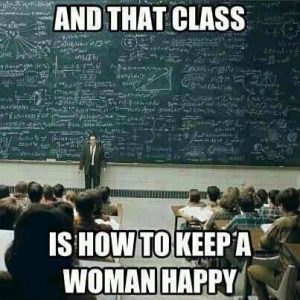Returning from a delightful vacation in Mexico City, I will continue my series of positive posts:
“How are you going to reach ALL learners?”
A coach might leave a note like this on a lesson plan. We expect teachers to understand they have auditory and visual learners in various combinations. Some students benefit from kinesthetic or even musical reinforcement depending on the age and subject material. Some students need extra help because their attention wanders or stress blocks learning.
The old days of Ms. Jones lecturing from the front of the classroom while everyone took the same notes are pretty much done and gone. Whole group instruction may be viewed with suspicion even when that instruction is appropriate.* Teachers are expected to attempt to reach all their students. “Freddie” does not get shoved in a back corner because he is slow. “Sadie” does not get written off because she has trouble focusing. Administrators and teachers work to make sure students do not become marginalized because of their struggles.
Yes, the system fails sometimes. Yes, some teachers don’t do as well at including everyone as they might. Yes, some efficiency may be lost as we try to keep all our balls in the air. But compared to those days of lectures and notes, we have made considerable strides toward including everyone in the classroom, instead of just those few whose hands are always in the air.
________________________________________________________________
*We do have occasional struggles with trying to find the one-style-fits-all teaching approach. One-style never fits all. Teachers should be left to determine what their classes require based on the students in those classes. My student mix and its match to the curriculum should determine my instructional approach — not some Board Office Master Plan.

